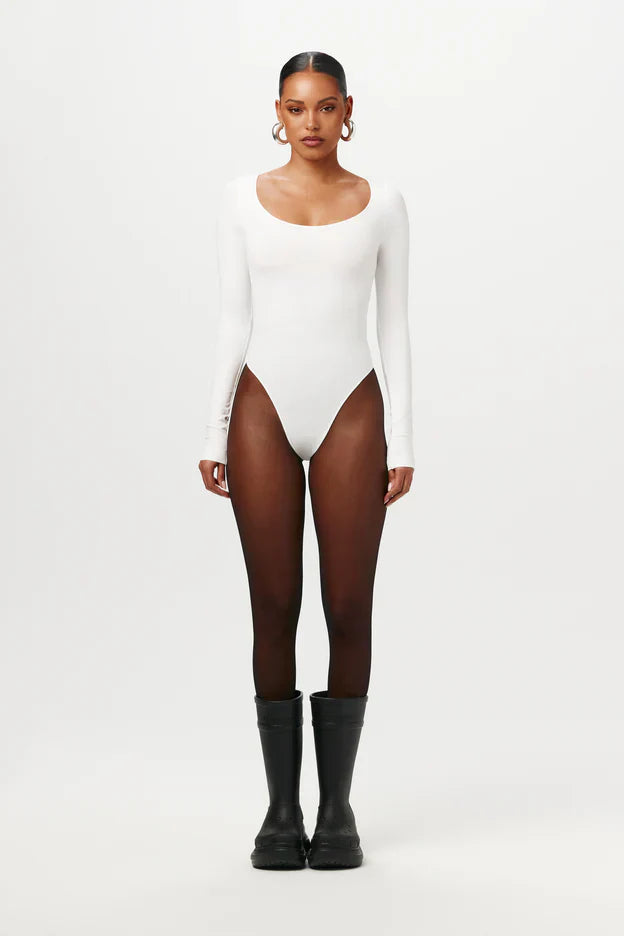Panty Fingers: What They Are and Why Fabric Quality Matters

Panty Fingers: What They Are and Why Fabric Quality Matters
In the world of women’s lingerie and intimate apparel, the durability and longevity of fabrics are crucial. One lesser-known but increasingly discussed issue is something industry insiders refer to as “panty fingers.” This term describes the thinning or pilling of fabric in the crotch area of panties, often caused by natural body chemistry, friction, or subpar fabric quality. While the name may sound playful, it's a legitimate concern for women seeking long-lasting, high-performance undergarments.
Here’s everything you need to know about panty fingers, from what causes them to how you can prevent them—and why premium fabric matters more than ever.
What Are Panty Fingers?
Panty fingers refer to the premature breakdown or weakening of fabric fibers, typically in the gusset (crotch area) of underwear. This often results in small holes, thinning, or rough patches that resemble runs or worn-out spots. Although not usually visible while wearing, they can significantly reduce the life of your lingerie and may compromise comfort and hygiene.
What Causes Panty Fingers?
This issue is caused by a combination of factors:
-
Natural Vaginal pH and Discharge
The vagina has a naturally acidic pH (typically between 3.8–4.5). This acidity can react with certain fabrics—especially those that aren’t pH-resistant—leading to gradual breakdown over time. -
Fabric Composition
Lower-quality synthetic materials or blends with minimal breathability (like polyester or nylon without cotton lining) tend to degrade faster. These fabrics trap moisture and increase friction, accelerating wear. -
Friction and Movement
Everyday activities like walking, sitting, or exercising create friction, especially in tighter-fitting panties. This repeated movement wears down fibers and contributes to thinning in high-stress areas. -
Improper Washing Techniques
Overuse of harsh detergents, bleach, or high heat during laundering can damage delicate fibers. Fabric softeners, though popular, can coat fibers and reduce breathability, worsening the issue.
How to Prevent Panty Fingers
The best prevention is a combination of quality materials, proper care, and body-aware design:
1. Choose Natural Fibers in the Gusset
Look for panties that feature a 100% cotton or bamboo-lined gusset. These materials are breathable, pH-tolerant, and more resistant to wear.
2. Invest in High-Quality Fabrics
Premium fabrics such as micro-modal, TENCEL™, or silk blends not only feel luxurious but are engineered for better durability and body responsiveness.
3. Wash with Care
Use gentle, lingerie-safe detergents and always wash intimates in cold water. Avoid fabric softeners and opt for air-drying over high-heat machines.
4. Rotate Your Wardrobe
Wearing the same few pairs repeatedly accelerates wear. Rotating between several well-fitted options can extend the life of your lingerie drawer.
Does Panty pH Impact Fabric?
Yes. While the vagina’s acidic environment is essential for health, it can break down delicate fabrics, especially untreated synthetics or cheap blends. This is why many lingerie designers now integrate cotton gussets into all panty styles—even luxury lace or mesh—to balance performance with aesthetics.
When to Replace Your Panties
Even with high-quality care, no panty lasts forever. Here are signs it’s time for a refresh:
-
Visible thinning or holes
-
Persistent pilling or rough texture
-
Loss of stretch or shape
-
Discoloration or fading in high-friction zones
Replacing worn panties regularly not only ensures comfort and hygiene but also helps you feel your best every day.
Final Thoughts
“Panty fingers” may be an insider term, but the issue is very real—and entirely preventable. Choosing quality materials, prioritizing proper fit, and caring for your intimates with intention makes all the difference. In the world of lingerie, the details matter—and understanding them puts you ahead in both comfort and confidence.


